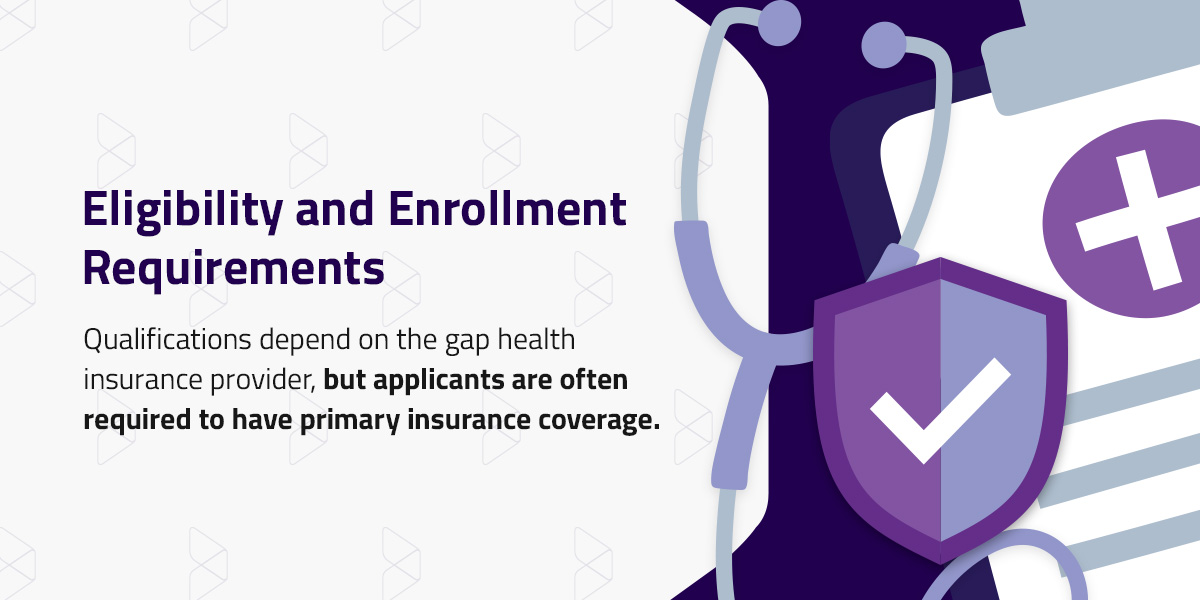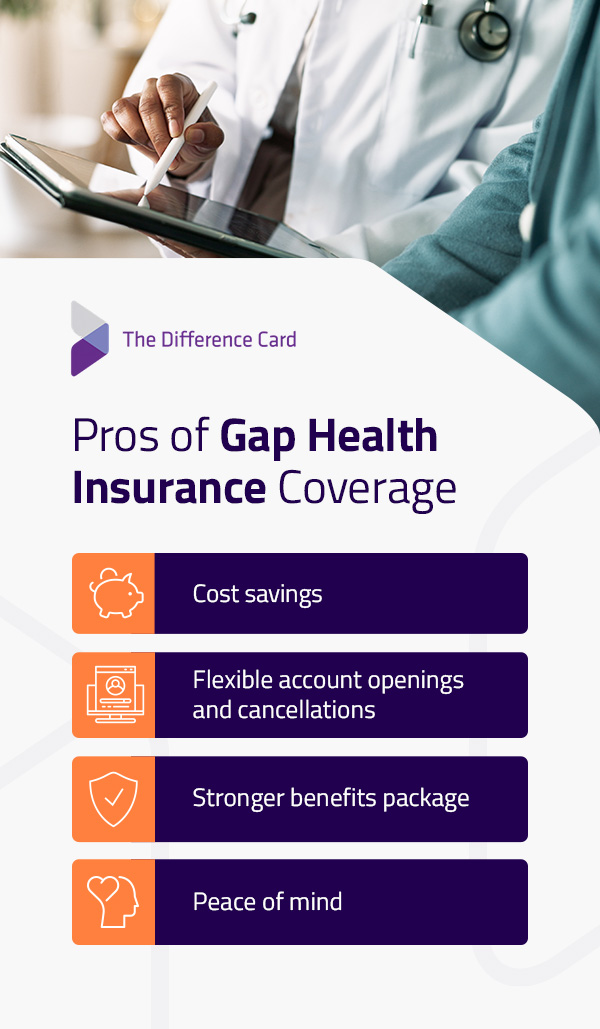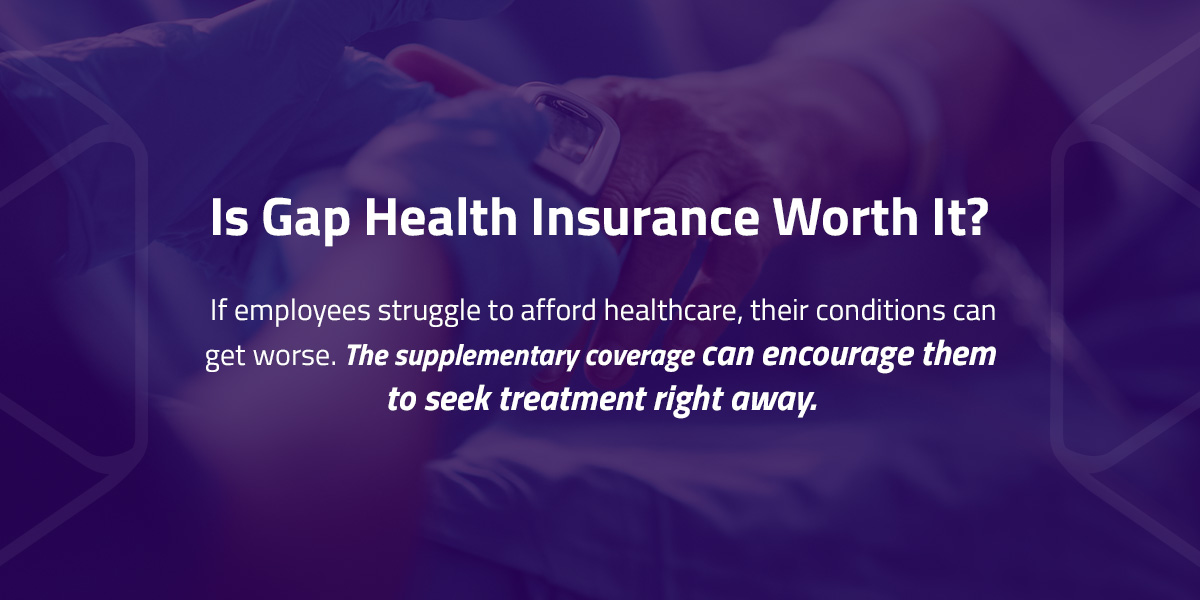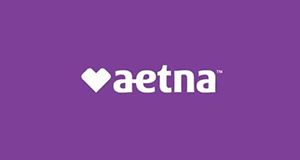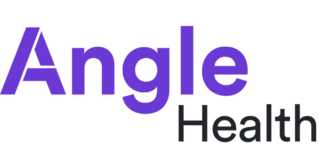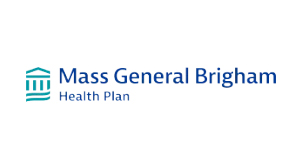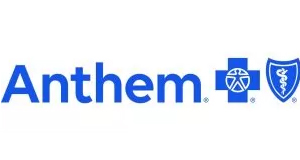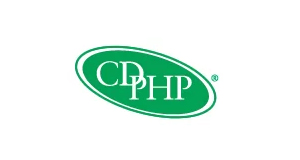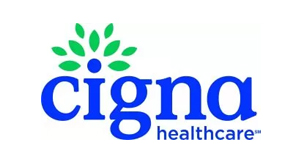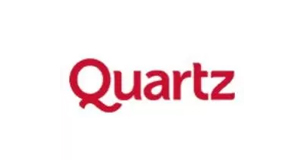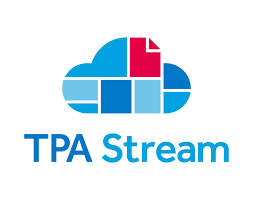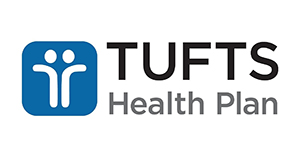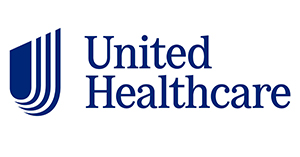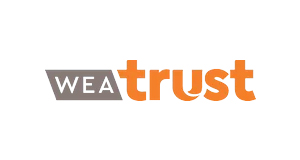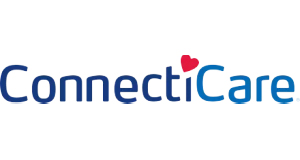
What Is Gap Health Insurance Coverage?
Table of Contents
Gap health insurance coverage helps members pay for out-of-pocket costs under a comprehensive health insurance plan, which is usually a high-deductible health plan (HDHP). It also offers a financial safety net for employees before primary coverage begins. That said, this supplementary insurance plan has limitations. This article explains what gap insurance is, how it works, and whether you should offer it.
How Gap Health Insurance Works
You must pair gap health insurance with primary coverage and not offer it as a stand-alone. Employers usually offer one with an HDHP, since an HDHP has higher deductibles and out-of-pocket expenses. In 2025, the IRS set these HDHP limits:
| Self-only Coverage | Family Coverage | |
|---|---|---|
| Minimum Annual Deductible | $1,650 | $3,300 |
| Maximum Annual Out-of-pocket Expenses (Deductibles, Copayments, and other amounts except for premiums) | $8,300 | $16,600 |
Employees must meet the deductible limits before the primary coverage kicks in. Suppose an employee has an $8,700 deductible and sought treatment through a primary care visit costing $150. Without meeting the annual deductible, the employee has to pay the full $150. If their gap insurance policy covers $25 per outpatient treatment, the employee would only need to pay $125. These savings can add up long-term.
Gap health insurance is also known as metal gap insurance since it’s usually paired with the metallic tiers in the Marketplace. Although there are four metal levels, bronze and silver plans often come with lower premiums and higher out-of-pocket costs. Employers, employees, or both can pay for the gap insurance premiums. The policies are typically affordable since they offer limited benefits. However, the employee’s age may also impact the monthly premium.
What Gap Health Insurance Is Not
Gap health insurance plans can be confused with other similar health plans. To avoid mix-ups, here’s what they mean and how they differ:
- Short-Term Health Insurance: Short-term coverage health plans are typically for individuals who need coverage in between jobs. Because they have yet to apply and receive employer-sponsored coverage or other health benefits, short-term plans fill that “gap,” providing temporary insurance. This means individuals with short-term health plans have no primary health insurance in place, unlike with gap health insurance plans.
- Coverage Gap: As a reference to the Affordable Care Act (ACA), this term pertains to the states that haven’t adopted the ACA Medicaid expansion. This expansion, although optional, is meant to help people with lower income levels access affordable coverage.
- Medicare Part D Coverage Gap: This pertains to the temporary limit for drug coverage under Medicare Part D prescription drug plans. As of 2025, however, this coverage gap has been eliminated.
Eligibility and Enrollment Requirements
Qualifications depend on the gap health insurance provider, but applicants are often required to have primary insurance coverage. Since gap insurance is often partnered with an HDHP, knowing the HDHP requirements can help.
You, as the employer, would set and explain the HDHP requirements to your employees. For instance, you might only offer them to full-time employees or have a waiting period of 30 to 60 days. States can also have ineligibility causes, such as if your employee is a dependent on someone else’s tax return who isn’t their spouse.
Gap insurance plans are not considered comprehensive health insurance. Therefore, they are not regulated under the ACA. The ACA prohibits insurers from denying coverage due to preexisting conditions. With this certainty removed, insurers may deny employees coverage due to existing health conditions, like diabetes, arthritis, and cancer.
Some insurers may only accept applications during open enrollment, while others accept plan purchases year-round. That said, you can only open an HDHP account during open enrollment. Note that some policies may conflict with other health benefits. For instance, you often cannot offer a health savings account (HSA) with a gap health insurance plan due to an HSA's eligibility requirements. Review your currently offered benefits before you apply for a policy.
Covered Out-Of-Pocket Expenses
Gap insurance coverage is often limited, covering only urgent care and not preventive treatments. Inpatient and outpatient benefits also differ. These benefits can include doctor’s office visits, emergency room treatments, hospital confinements, diagnostic testing, and outpatient surgeries. Some plans extend coverage with prescriptions and nonmedical expenses, like transportation and child care. They can also cover dependents.
The covered out-of-pocket expenses can include:
- Deductibles: A deductible is the amount employees must pay before the insurance covers the expenses.
- Copayments: This refers to the fixed fee employees must pay for certain medical services.
- Coinsurance: This percentage refers to the cost employees are responsible for after meeting the deductible.
The policies also come with coverage limits. For instance, an employee may be covered up to $1,000 per hospital confinement or up to $125 annually, per family, for outpatient treatments.
The Claims Process
The claiming process varies per gap health insurer. Some providers offer lump-sum payouts for deductibles or coinsurance, leaving it up to the employee to manage the costs. Others offer reimbursements.
While some insurers don’t require claim forms, others do, along with these other requirements:
- Itemized bills: These may include the healthcare providers' diagnoses with a breakdown of the charges.
- Explanation of benefits (EOB): The EOB would come from the primary medical insurance provider.
- Authorization form: Employees may be required to sign an authorization form, so insurers can access their medical records from the medical providers to review the claims.
- Medical and gap plan identification: If applicable, employees may be required to provide medical and gap plan identification cards.
When asked, employees should be specific about their diagnosis or health condition to speed up the process. Broad conditions, like “illness,” make it hard for the insurer to verify coverage. Employee documents should also include their address and contact information for smooth processing.
Evaluating the Pros and Cons
Offering gap health insurance is beneficial in some cases. However, you should consider the drawbacks to know if it’s your best option.
Pros of Gap Health Insurance Coverage
Because of what gap health insurance covers, you and your employees can enjoy these benefits:
- Cost savings: With an HDHP as a primary plan, you get to lower premium costs without sacrificing coverage in partnership with the gap insurance policy. Gap health insurance is also more affordable than comprehensive plans. If you’re on a budget, you can adjust the funding easily, as your company can pay the premium, share the cost with your employees, or have employees pay the premium fully. Some insurers offer refunds if the premium is not spent at the end of each year.
- Flexible account openings and cancellations: Some insurers don’t limit enrollment during open enrollment, which usually lasts from November 1 to January 15. Other insurers also allow you to cancel policies at any time. This flexibility makes it easier to supplement your employees’ budget when they need it.
- Stronger benefits package: Reducing the out-of-pocket costs for health insurance plans can be a good strategy to attract and retain employees. Some gap insurers even allow their members to switch primary insurers easily.
- Peace of mind: Employees can get some peace of mind due to the more predictable budget offered by gap insurance policies. The premium is the same each month, regardless of their claims. Plus, the reduced medical costs can encourage them to seek treatment right away.
Cons of Gap Health Insurance Coverage
There are downsides to having gap health insurance coverage:
- Limited benefits: Gap health insurance coverage is only meant to cover the “gaps” in a primary insurance plan’s coverage. It cannot be used on its own. Unlike comprehensive plans, gap insurance coverages won’t often include support for pregnancy, mental health, rehabilitation, laboratory, and other preventive services.
- Additional premium payments: Although gap health insurance can be affordable, you or your employees still have to pay another set of premiums on top of the primary coverage. This may feel counterintuitive, especially to your employees who don’t need medical attention. What’s more, the older your employees are, the more expensive the premiums may be.
- Approval criteria: Since gap health insurance is not regulated by the ACA, employees can be denied coverage due to their existing medical conditions.
- Account disqualifications: Although gap health insurance works with an HDHP, it’s not always compatible with other accounts offering health benefits. Because other health benefits can provide more personalized coverage, they may not be worth losing compared to offering gap health insurance.
Who Should Consider Gap Health Insurance?
Offering gap health insurance coverage makes sense if you already offer an HDHP for each employee. If you offer more benefits, you should review each of the account’s policies to ensure that the gap health insurance can be compatible.
However, it might not make sense to offer the new policy if you’re already paying higher premiums, like those of a low-deductible health plan (LDHP). An LDHP also offers lower deductibles, defeating the purpose of gap health insurance.
Is Gap Health Insurance Worth It?
Gap health insurance can be worth it for employees who need extra support for their medical expenses. If employees struggle to afford healthcare, their conditions can get worse, significantly increasing the expense in the long run. The supplementary coverage can encourage them to seek treatment right away. And, because gap health insurance covers urgent care, employees can avoid the stress of stretching their budgets due to unplanned treatments.
That said, before you opt for a policy, consider conducting an employee benefits survey. Because such coverage is also your investment in your employees, it should be suitable for their needs.
Gap Health Insurance Alternatives
Offering gap insurance as a health insurance benefit doesn’t always maximize your and your employees’ budgets. Other solutions are available, which can help you save on costs without sacrificing coverage:
- Medical Expense Reimbursement Plan (MERP): Similar to gap insurance, an MERP can help you strengthen your benefits while reducing costs. As an employer-sponsored plan, your employees can receive reimbursements for their out-of-pocket medical expenses. Unlike with gap insurance, however, you, as an employer, set the rules for the eligible expenses.
- Health Reimbursement Arrangement (HRA): An HRA is an employer-funded reimbursement account, where you, as the employer, define the eligible and reimbursable expenses. These include deductibles, copays, prescriptions, and specific medical treatments. Because you define which services are covered, you can better cater to your employees’ needs.
- Health Savings Account (HSA): If you offer an HDHP, an HSA is a better supplementary benefit compared to gap insurance coverage. An HSA is a personal savings account where employees set aside a budget for healthcare expenses while enjoying the tax advantages the account offers. The employees own the account for life, and their funds never expire.
- Flexible Spending Account (FSA): An FSA is another tax-advantaged account where employees set aside a part of their pretax salary to pay for eligible healthcare and dependent care expenses. Unlike an HSA, however, employees must use the FSA funds within the plan year. The IRS sets the eligible expenses for this account.
- Wellness Incentives: Suppose you want to encourage a healthier lifestyle for your employees. Offering wellness incentives can motivate them to set and achieve their health goals. Incentives include reduced deductibles, copay discounts, and incentives for other eligible expenses.
How to Choose the Right Supplementary Health Insurance Plan
Even if you’re only selecting a supplementary plan, carefully consider the following aspects:
- Employee preferences and dependents: Your healthier employees might not prefer having to pay an additional premium for urgent care. However, they may be willing to opt for additional wellness benefits or those that will supplement preventive care. If they have dependents, you should also consider policies that support these dependents.
- Open enrollment period: Suppose you have a new hire, and they will be eligible for your comprehensive insurance plan by July. This is likely outside the open enrollment period, so you should consider supplementary policies that accept applications year-round. If your preferred policy limits applications during open enrollment, check with your state for the specific schedule.
- Total financial implications: Apart from the monthly premium, your employees should also be able to pay for the deductibles, copayments, and coinsurance fees.
- Coverage: Supplemental insurance should ideally cover the exclusions of a primary health insurance.
Boost Your Benefits Package With The Difference Card
The Difference Card has been working with employers and brokers for over 20 years, identifying ways to reduce costs while improving employees’ health benefits. We save our clients an average of 18% on their annual health insurance costs, amounting to $1 billion in savings and counting.
Whether you need cost-containment solutions or benefit administration services, we can help you find the most suitable offerings. You can count on our exceptional customer service whenever you need it. Plus, you’ll get a dedicated account manager with industry expertise to provide the most helpful solutions. If you’re ready to get started, request a proposal today!

